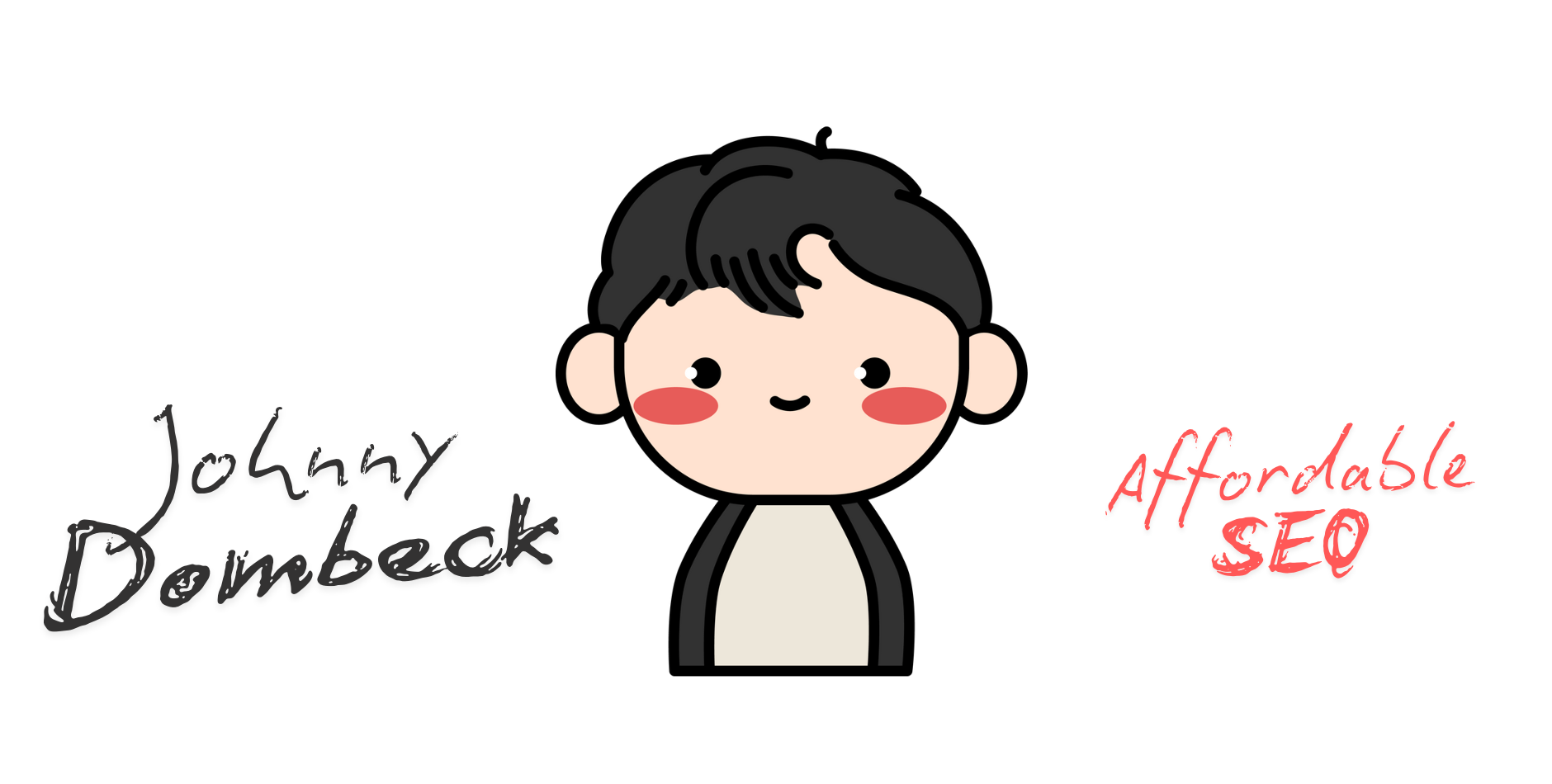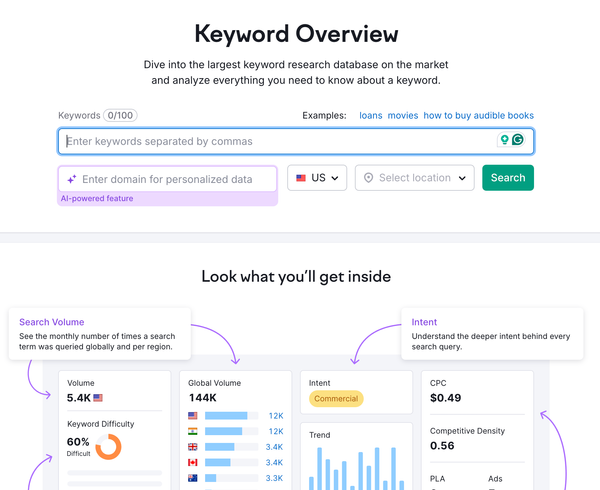Local SEO vs. Traditional SEO: Which One’s Right for Your Business?

Hey folks, it’s Johnny Dombeck here, ready to cut through the noise and give it to you straight. We’ve talked about SEO before—heck, we’ve talked about a lot of things—but today, I want to tackle a topic that stumps more people than it should: Local SEO vs. Traditional SEO.
Think of SEO as your ticket to showing up on Google. Great. But the choice between local and traditional SEO? That’s about showing up in the right places for the right people. So, let’s break it down and figure out which strategy (or combo of both) makes the most sense for your business.
Traditional SEO: The Big, Wide Internet Ocean
What Is Traditional SEO?
Traditional SEO is your broad-based approach to ranking well across the entire internet, no matter where your audience lives. Your goal is to rank for keywords like “best online marketing software” or “how to start a blog” and draw traffic from all corners of the globe—or at least all across the country. This approach isn’t about geographies or local nuances; it’s about quality content, technical optimization, strong backlinks, and a killer site structure that appeals to a big, diverse audience.
When Traditional SEO Shines
- National or Global Brands: If you sell software subscriptions to anyone with Wi-Fi, you’re not tied to one location.
- Ecommerce Without Boundaries: Shipping products nationwide or worldwide? Traditional SEO is your jam.
- Informational Sites & Blogs: If your value prop is knowledge—like a blog on personal finance tips—local targeting often isn’t relevant.
The Pros of Traditional SEO
- Broader Reach: You’re not limiting yourself to a city or region. Potentially, the world is your oyster.
- Evergreen Traffic: Good, informative content can rank for years, pulling in leads from all over.
- Brand Awareness: Ranking high on global SERPs can catapult your brand’s credibility sky-high.
The Drawbacks
- Higher Competition: You’re battling everyone, everywhere. That’s some stiff competition.
- Longer Ramp-Up Time: Going wide often means a slower climb up the SERPs.
- Less Targeted: You might attract visitors who have zero interest in your services simply because they aren’t local or aligned with your offering.

Local SEO: The Neighborhood Power Move
What Is Local SEO?
Local SEO zooms in on a specific geographic area. Instead of trying to rank for “best pizza ovens,” you’d rank for “best pizza ovens in Chicago” or “top pizza oven suppliers near me.” It’s all about attracting customers from a particular town, city, or region and dominating that local search landscape.
When Local SEO Shines
- Brick-and-Mortar Stores: Restaurants, salons, auto repair shops—if customers walk through your doors, local SEO is your lifeline.
- Service-Based Businesses: Plumbers, roofers, and landscapers who serve a defined area need to be found by the neighbors, not some random guy halfway across the country.
- Local Consultants & Professionals: Lawyers, accountants, and doctors rely heavily on attracting local clientele.
The Perks of Local SEO
- High-Intent Traffic: People searching “near me” are often ready to buy or book. That’s hot, ready-to-convert traffic.
- Less Competition: You’re only competing in your city or region, not against the entire internet.
- Visibility in Map Packs: Those top-three local business results on Google Maps can be a goldmine for foot traffic and leads.
The Downsides
- Limited Reach: You won’t be attracting that far-flung audience. If you’re trying to scale globally, local SEO alone isn’t enough.
- Narrow Focus: If you’re looking to expand and you’re only set up locally, you might miss opportunities outside your area.
- More Profile Management: Local SEO involves things like Google Business Profiles, local directories, and community engagement. It’s hands-on and detail-oriented.
Key Differences: Local vs. Traditional SEO
- Target Audience:
- Local SEO zeroes in on people within a specific geographic region.
- Traditional SEO goes broad, aiming for anyone who could be interested, regardless of location.
- Search Intent & Conversion:
- Local SEO: High-intent. Someone searching “coffee shop near me” wants coffee now.
- Traditional SEO: Can be broader and more informational. “How to brew better coffee at home” might not convert into a store visit, but it builds brand familiarity and trust over time.
- Ranking Factors:
- Local SEO: Heavily influenced by Google Business Profiles, local citations, reviews, and geographic relevance.
- Traditional SEO: More reliant on on-page optimization, backlink quality, content depth, and technical elements.
- Tools & Tactics:
- Local SEO: Google Business Profile optimization, local keyword research (including city and neighborhood names), local directory listings, reputation management, and proximity-based ranking factors.
- Traditional SEO: Broad keyword research, long-form content, link building from authoritative sites, and a focus on site speed, structure, and usability.
Choosing the Right Approach (Or Both!)
So, how do you know which route to take? Let’s break it down:
- If You’re a Local Business: This is a no-brainer—lean into local SEO. Optimize your Google Business Profile, gather positive reviews, and own your neighborhood’s online space. You’ll convert local searchers who are ready to buy from businesses like yours.
- If You’re a National or Global Brand: Traditional SEO should be your bread and butter. You can still sprinkle some local strategies if you have multiple franchises or want to highlight local availability, but your main focus will be building domain authority and creating kickass content that appeals to a wide audience.
- If You’re a Hybrid: Maybe you ship products nationwide but also have a local storefront. Or you’re a consultant who serves clients globally but wants to dominate your local market too. In that case, blend both approaches. Use local SEO to tap into immediate buyers in your area and traditional SEO to expand your brand’s footprint beyond city limits.
My Take
If you’re a local business that thrives on community foot traffic and in-person services, don’t waste time. Get your local SEO house in order—because that’s where the gold lies. People searching with local intent aren’t just browsing; they’re on a mission to find what they need nearby, and if you’re not at the top of those search results, someone else is making money off your missed opportunity.
On the flip side, if you’re in the online game—like, fully digital, no storefront, selling to anyone and everyone—traditional SEO is where you need to invest. It’ll be a more gradual burn to the top, but once you’re there, you’ll reap the national or even global rewards.
And remember, there’s no law that says you can’t do both. If your business model allows it, why not dominate your local sphere and rank globally for those broader industry keywords?
Final Thoughts
Local SEO and traditional SEO aren’t enemies. They’re just different tools in your digital marketing toolbox. Choosing the right one depends on what you sell, who you sell it to, and how far and wide you want to cast your net. Know your audience, know your business goals, and pick the strategy that’ll bring in the most qualified leads. Before you know it, you’ll be crushing it on Google—locally, globally, or both.





